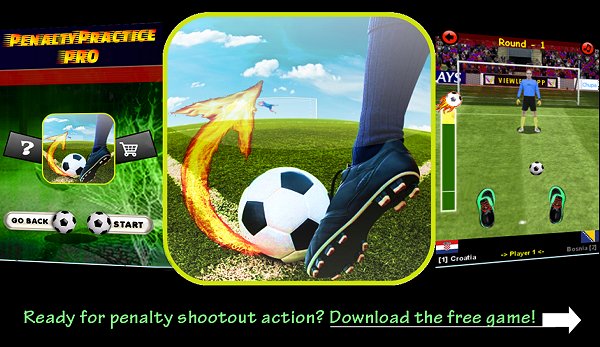What is graphic design?
The term “graphic design” was first used in 1922 by William Dwiggins, a typographer and calligrapher. Graphic design has existed for a long time, appearing in books, newspapers, and engravings. Today, professional designers use computers and specialized devices to create posters, imagery, logos, and fonts.
What are the goals and objectives of graphic design?
Graphic design is used to promote goods and services, communicate with customers, and create comfortable environments. We can see graphic design everywhere, including advertising posters, presentations, manuals, signboards, and social media. Graphic design is often used to emphasize the special features of a product, making it stand out from similar objects. Better recognizability can be achieved through color identity, branded graphics, typography, and layout.
Good branding combines expressiveness and simplicity to differentiate a product from competitors. You can find a lot of great examples of this, like the logo YouTube, where laconic forms and bright colors played a big role to make brands recognizable and even iconic
Graphic design products, such as signs or labels, have practical applications and must be created with the end-user in mind. Good graphic design can influence people emotionally by evoking certain associations and forming an image of something.
What are the types of graphic design?
- Brand visual identity: This includes all visual elements used to create an image of a company, such as logos, brand colors, typography, web design features, and corporate merchandise. The visual identity conveys the company’s values, forming its individuality and establishing a special connection with the audience.
- Commercial graphics: Graphic design is used in advertising on physical carriers or online. Advertising should be original and relevant to attract customers, having a proper design that reflects the current tendencies of visual communications.
- Packaging design: Packaging is not only for storing products but also for customers to identify them. Bright and convenient packaging is thought to influence people to buy. Design work runs from developing a concept to sending drafts to print.
- Environmental design: The goal of environmental design is to prevent unpleasant situations by creating indicating marks. Environmental designers can create office signage, exhibition booths, event venue designs, etc.
What software is used in graphic design?
The choice of software depends on the sphere you work in. The most frequently used software applications are:
- Adobe Photoshop: Suitable even for beginners, used mainly for raster graphics to create illustrations, edit photographs, or render web design elements.
- Adobe Illustrator: Intended for the creation of vector graphics, professional designers use it to design different things such as postcards, commercial posters, and images for books, newspapers, magazines, and other printed products.
- CorelDraw: Used to create vector images, animations, and web templates. It produces better typography.
- Adobe InDesign: Used to create various printed matter, including books, magazines, brochures, posters, business cards, and more.
- Sketch: A vector graphic editor for MacOS only, frequently used for software and web design. Can work with canvases of any size and any number of layers.
Different file types are used for different purposes, and you may need to change the format of the image. You can open the file in an editor and save it in the format you need. To convert HEIC to JPG, for instance, you can use an online converter.
If you lack the skills or time you can always outsource graphic design work to skilled freelancers on popular sites such as Peopleperhour.



